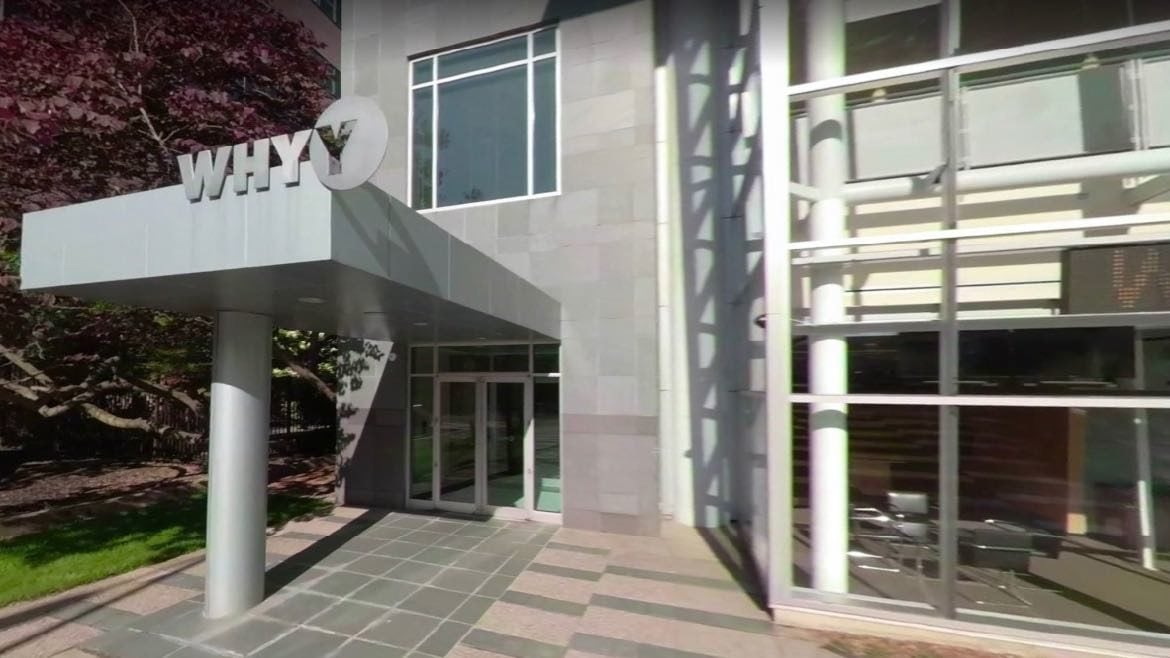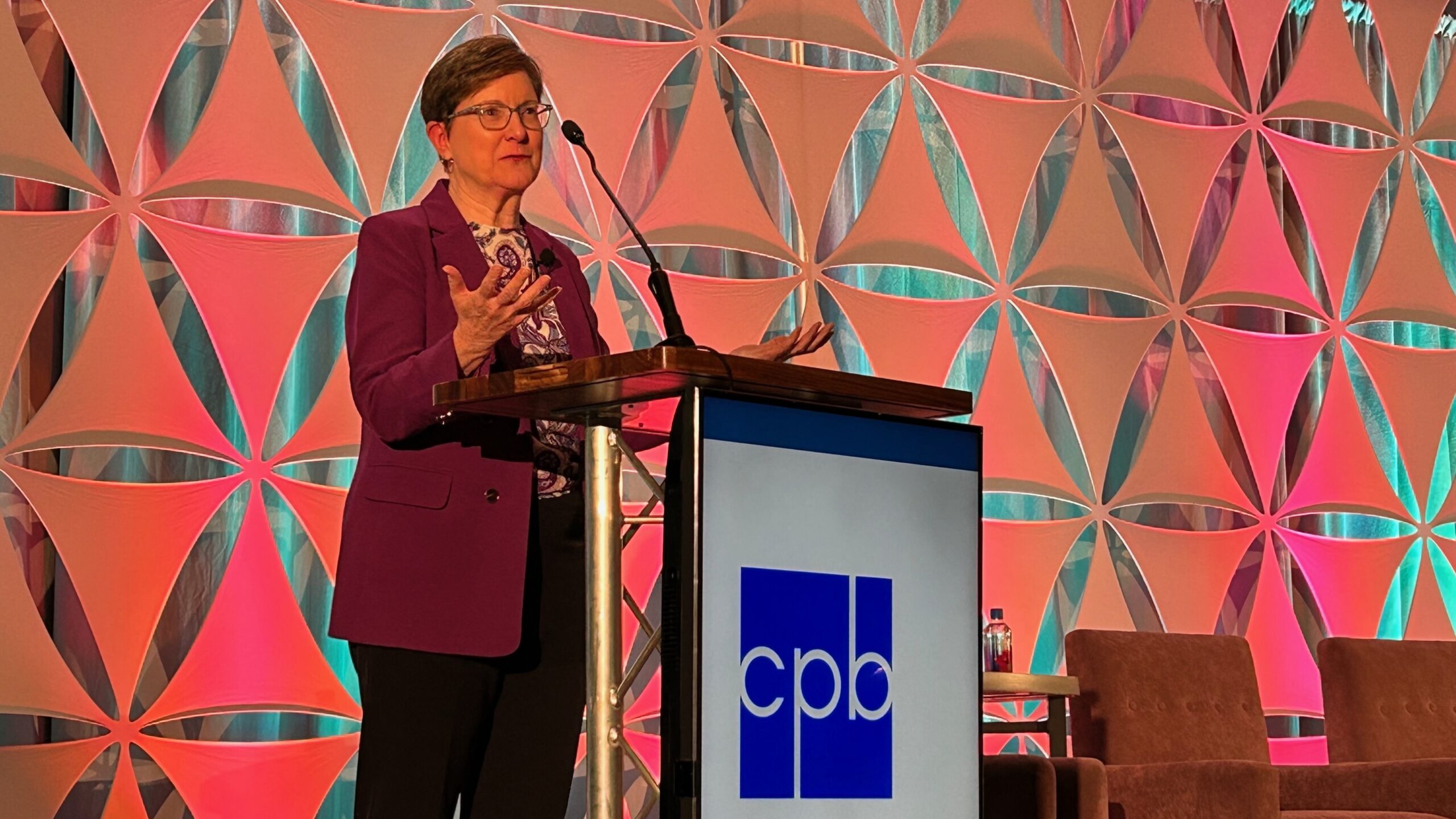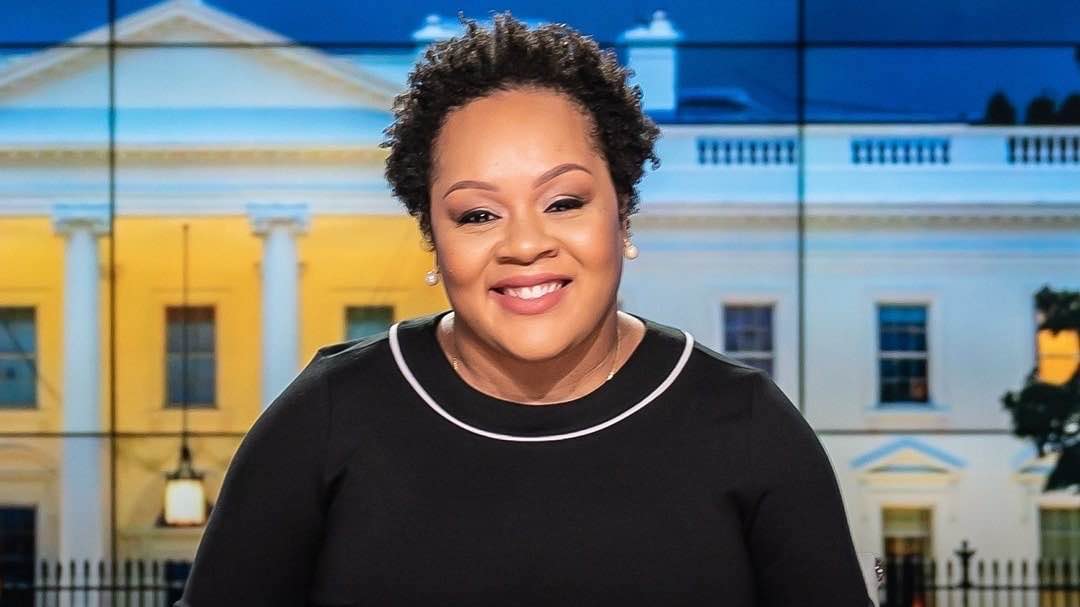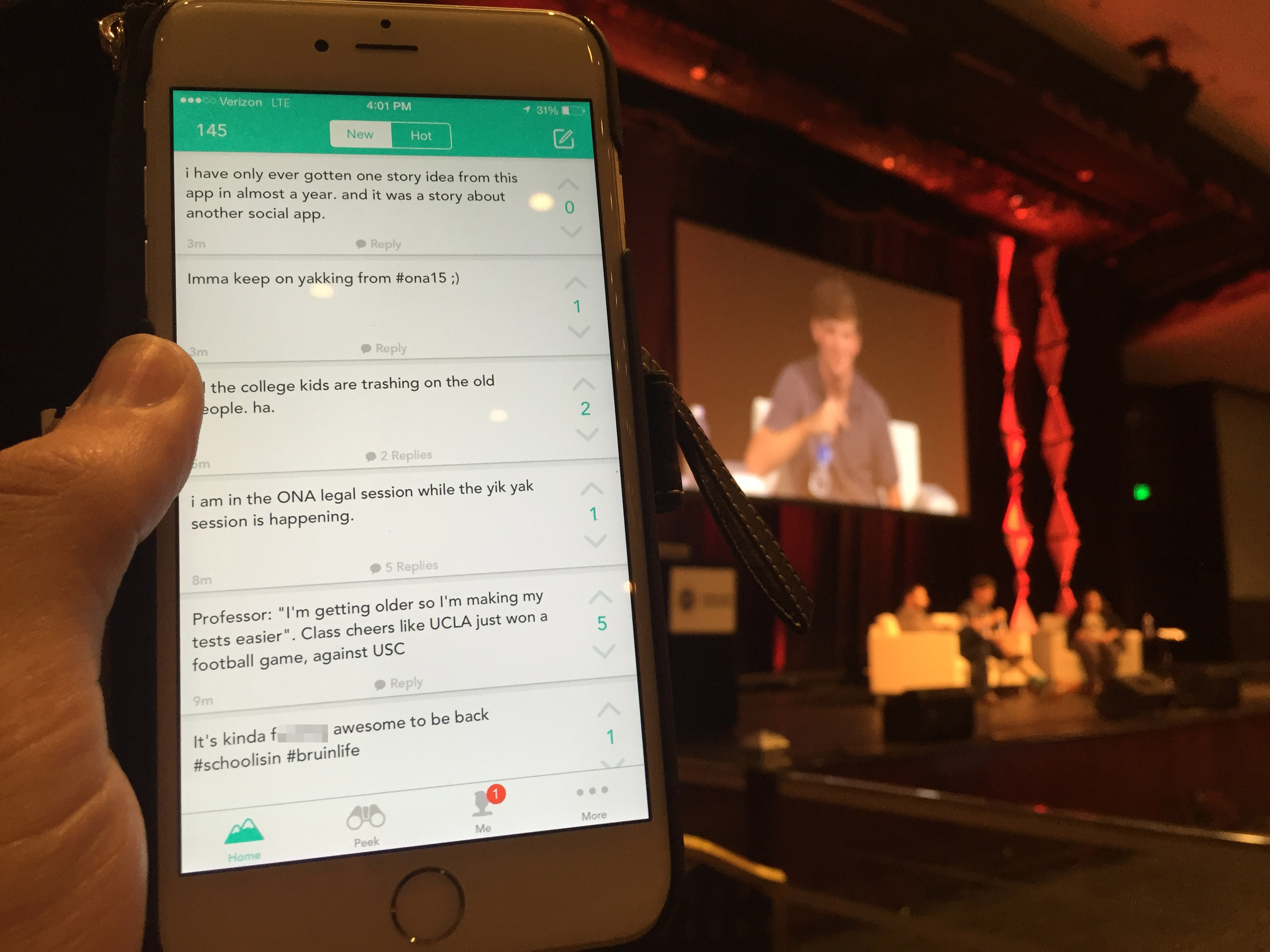WHYY and the case for infrastructure for equitable journalism

© Google Earth 2019
How can newsrooms create cultures of diversity and inclusion that will survive changes in leadership? WHYY in Philadelphia found itself facing that question in 2021 after a key news executive left for another job. The station’s efforts to take on issues of structural racism are detailed in Antiracist Journalism: The Challenge of Creating Equitable Local News (Columbia University Press), a new book by journalism professor and former public media producer Andrea Wenzel. Along with WHYY, Wenzel examines DEI practices at the Philadelphia Inquirer and two startups, Resolve Philly and Kensington Voice. The following excerpt highlights responses within WHYY’s newsroom to the station’s DEI work. Quotations are from Wenzel’s interviews with her sources.
In December of 2021 — just before the Philadelphia Inquirer reported on newsroom turnover at WHYY — Sandra Clark, then WHYY’s Vice President for news and civic dialogue, announced she was leaving WHYY. Clark took a new role as the CEO of StoryCorps, a national nonprofit that preserves and shares oral history “stories of everyday people” on National Public Radio and other platforms. It had not been an easy decision, Clark explained, given how deeply she cared about the continuance of WHYY’s work to become a more antiracist news organization. She emphasized that she believed this work could continue: “Usually in so many organizations, it’s one or two people who are the drivers of this work. And then once they leave, the work gets left behind. So, I do feel positive that there are people in important places, our newsroom leadership for sure, who are dedicated to continuing this work. And again, part of our process was hiring in people who already get it and who don’t require buy-in.”
Clark pointed to the practice she had implemented of foregrounding diversity, equity, and inclusion (DEI) and cultural competency priorities in job descriptions and interview questions. As a result of this work, she noted, people had been coming to interviews prepared to talk about DEI work and saying: “I want to work in an organization where we are having Neighbors and Newsroom Summits, where we are doing cultural competency work and diversity work, and where it’s institutionalized in a way that people feel like the work is real.” She acknowledged that maintaining momentum would hinge on continued leadership: “It matters a lot to have people in high, the highest levels of leadership to make this a priority and to understand the work and to understand how hard it is to do the work. And so I think it’s important whoever is my successor is 100 percent committed to doing this work.” Clark acknowledged that WHYY had challenges ahead with issues like staff turnover. She suggested there was also more that could be done collaboratively across the organization to introduce accountability infrastructure within areas such as performance reviews and job descriptions. When things are difficult, she argued, the key is “not to walk away from the work, it’s to see how do we deepen that accountability.”
WHYY’s management underlined that sustaining their cultural competency and community engagement work was a goal. As CEO Bill Marrazzo stated, “It is a strategic imperative for us to fulfill our mission, to maintain those programs and to grow them.” But in the interim period while Clark’s replacement had yet to be hired, several staffers expressed a feeling of uncertainty and vulnerability. While grant-supported community engagement initiatives like the News and Information Community Exchange, or N.I.C.E., continued to advance their work, other DEIB efforts like source diversity tracking were on shakier ground, because efforts like follow-up meetings with teams to review progress were things Clark had led. Staffers said that that component of the work had been put on pause as they waited for Clark’s replacement, a gap that would run from January to July 2022.
Another staffer shared how some of the DEIB work that was continuing, in particular the antiracism training facilitated by the Maynard Institute, revealed limits to the progress that the organization had made. They shared examples of some of the anonymous quotes shared by colleagues, such as: “I don’t feel like being white is valued in the newsroom.” This left them feeling somewhat demoralized: “It was hard to watch because I felt like we were further along than this.” They suggested that Clark’s presence in the role of VP had contributed to what they called an “Obama effect,” where there was a sense that having a Black person at a high level of leadership obscured the racism that existed and gave a false sense of progress: “Because [Clark] was here and she was doing all this work, that was enough. … [But] not everybody was doing the work. … People thought that listening to [Clark] speak about it equated to education.” To this staffer, the answer was not necessarily more training but rather: “Where the work needs to start is from the top, honestly, because it has to feel like it’s important to the company at large.” They noted that top executives or other parts of the organization such as marketing had not participated in the training and that the station did not have anyone whose role was dedicated to DEIB in human resources or elsewhere.
Other current and former staffers shared a concern that the cultural competency and community engagement efforts undertaken by the newsroom were not matched or supported by other parts of the organization. They suggested that problematic elements of executive management culture and the institutional structure itself jeopardized the sustainability of work toward antiracism. One staffer summarized, “I just think that among executive leadership, there’s a lack of willingness to alter the management culture to better support diverse communities.” Multiple staffers shared what they saw as examples of micromanagement by the CEO and other top managers outside the newsroom. They suggested Clark had frequently run into roadblocks to her work as a result: “It just puts up a lot of barriers to do anything, to get a raise, to do a new project, to do a specific kind of project.” By creating barriers for newsroom managers, the executive leadership was signaling “a lack of trust and understanding.” Some lamented that these barriers contributed to the problems WHYY had with retention: “There are so many great people that work or have worked at WHYY. Just let people do their jobs.”
Others pointed to what they saw as inequities in how the newsroom and adjacent initiatives were structured. In recent years, WHYY had acquired and absorbed several digital news operations. Some staffers suggested the current setup was unnecessarily complex and inequitable; for example, outlets such as Billy Penn had not been integrated into the newsroom. The editor of Billy Penn reported to the head of New Ventures and Enterprises as well as the VP for news. As a result, some suggested Billy Penn felt like a competitor. Others suggested the station should “eliminate all the different project verticals and just have a coherent newsroom.” At present, “no one has an incentive to work together.” A former staffer shared how they did not realize how “dysfunctional” the newsroom was until they left and began work at another newsroom: “I think that the DEI work and the community engagement work cannot be detached from the overall functioning of the newsroom. … It was not a healthy newsroom. It’s just there’s not enough people, there’s not enough coordination. There wasn’t a sense of equal investment from people. There was a lot of people doing their own thing. … There’s no common goal. And there’s no one keeping track.”
A number of staffers and former staffers were particularly critical of the CEO and top management for what they perceived as a lack of investment in the newsroom and its people. Pay, as mentioned, was a key point of contention. Despite some progress as a result of union negotiations, many staffers referenced low salaries and a lack of transparency as demoralizing and a barrier to retention. As one former staffer noted, “I do think it’s an issue of if you want to keep capable adults in the newsroom you have to be paying a salary that covers their lives.” They noted that while the Inquirer distributed $6,000 to staffers as part of their profit sharing, WHYY distributed $200. A staffer referenced this as an example of how WHYY’s CEO had seemed out of touch by treating this amount as a substantial accomplishment; the staffer, by contrast, saw it as covering a family’s groceries for a week or possibly two days of daycare. “He just doesn’t understand,” they concluded. Some also noted that they found it particularly galling to be told that the station lacked funds to give the lowest-paid staff substantial raises when the CEO made $740,000 annually (as of 2019, as reported here). Others suggested: “I don’t care how much [CEO Marrazzo] makes, I care that other people aren’t making a living wage. I wouldn’t care if he made a million dollars if everybody was paid fairly.”
While retaining newsroom staffers was a widely cited challenge, looking across the organization at veteran personnel, a number of staffers shared a concern with the opposite end of the spectrum. There were a number of long-time personnel, they noted, who had been in the building “too long” and were “never going to leave,” despite a perception that they seemed “miserable” and were subsequently spreading “that misery around.” Some also suggested that the CEO role itself was structurally problematic, in that the CEO was only accountable to the station’s board. The self-perpetuating station’s board included many who were close to Marrazzo, making critical accountability unlikely, particularly when he had been in the same role since 1997 (this is one reason that elsewhere in my book, I explore efforts to institute community-led governance boards).
For some, such concerns around management, institutional cohesion, and equity presented what they saw as a roadblock to DEIB and community engagement — one that posed a particular challenge for whoever was in the role of VP for news and civic dialogue. They reflected on what they saw as the challenges with the “institutional setup” that Sandra Clark faced in that role:
There were a lot of really important efforts that were being put forth, but none of them got the investment that they needed to be scalable and to be long-term. There is a lack of long-term investment in this from the top of the organization. And that is the barrier. Until the leadership fully understands and invests in this work, it’s not going to be able to transform the newsroom. And that failure to do the DEI work and engagement work in a successful way has ramifications. It’s not DEI for its own sake. It’s you lose a lot of talent. General morale is low. People don’t feel good about the place where they’re working. People feel confused, and now the organization is in crisis.
Others voiced concern that so much hinged on who was in the role of VP for news and civic dialogue and that the sustainability of WHYY’s DEI and community engagement work relied on that role not only championing that work but also troubleshooting larger institutional challenges to it. As one staffer explained, “One thing that [Clark] did well that I didn’t realize that she did … I knew that it was raining, but [Clark] was like an umbrella.” They went on to explain that part of Clark’s role had been to shield the newsroom from the micromanagement of station executives and the CEO in particular. Others echoed this sentiment. When Clark’s successor, Sarah Glover, was announced, several shared that they were optimistic that she would continue pushing DEI and community engagement work at WHYY and that she “understands the importance of diversity in the newsroom.” But at the same time, they were concerned that without “change in the executive culture” it might not matter who was in that role. As a staffer explained, Glover, who identifies as Black, may do valuable work and institute changes, but they are unlikely to be sustained without institutional shifts: “I think it starts from the top. If it were a priority for everybody, it wouldn’t be such a heavy lift from certain people. … I think that she was the best pick, but hiring somebody Black but not empowering Black people is a dangerous thing, and it’s an unfair thing.”
I spoke with CEO Marrazzo about resources, salary, and the challenge of sustaining DEI and community engagement work after Clark had announced her departure from WHYY. He maintained this work remained a priority but offered a perspective on the newsroom that differed markedly from those that I had heard and would continue to hear from current and former newsroom staffers: “From my perspective resources have been plentiful. The newsroom has been growing quarter over quarter for years. And it’s more diverse now than it ever has been.” He noted that wages and benefits at WHYY were determined by “internal equity and external competitiveness considerations” and that they drew on “data provided by third-party consultants.” This went both for newsroom salaries as well as his own: “The CEO compensation is set by our board of directors using outside advisors. And while I am very well compensated, it’s against a very specific set of objectives, performance measures, and is competitive with other CEO positions in like-sized public media and not-for-profit entities.” When asked about the issue of retaining newsroom staff, he explained that “the dynamics of the free-market economy” meant it was impossible to prevent people from being “poached” and that “organizations own jobs, people own their careers.”
At the time my book Antiracist Journalism went to print, WHYY’s new VP of news and civic dialogue was just starting in her new position, and it was too soon to know how she would grapple with the narrative of a newsroom struggling to retain staff, with the challenge of reinvigorating the DEI work that had been on hold, and with supporting the community engagement work that had been making progress but was not always synchronized with the newsroom as a whole. I have heard rumbles of concern about the sustainability of this work since the book went to press, but I have not conducted systematic follow-up research. Regardless, as noted by many within and outside the station walls, the situation highlights the challenges of having a public media culture that, while giving latitude to individual initiative, generally offers little in the way of institutional accountability infrastructure. Based on my own observations within public media and conversations with other current and former staffers, this situation is not unique to WHYY. The question remains, however (and I explore this more in other chapters in my book), what other approaches news organizations might try to build more robust accountability infrastructure with a greater potential for sustainability.
Adapted from Antiracist Journalism: The Challenge of Creating Equitable Local News by Andrea Wenzel. Copyright (c) 2023 Columbia University Press. Used by arrangement with the Publisher. All rights reserved.
Learn more about WHYY’s current DEI work on their website.
Correction: An earlier version of this excerpt mistakenly said that the editor of Billy Penn reported directly to WHYY’s CEO. She did not report to the CEO.








